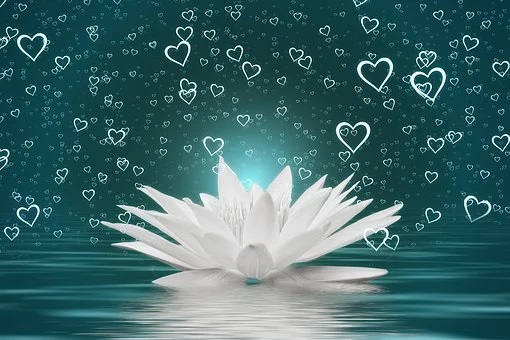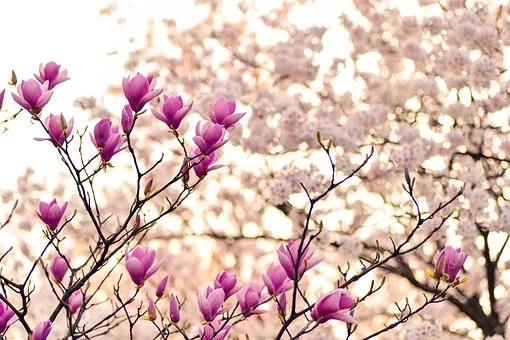In our lifetime, we have never experienced our innate clarity, even though all our suffering, happiness, and emotions come from deep within the mind. Buddhism often uses the term “clarity” to describe the most fundamental level of the mind (luminosity and clear light are other terms also used). This kind of “clarity” is neither visible light, nor non-visible light; it cannot be found in any electromagnetic spectrum in physics. It is a state of purity totally free of defilements. There is no happiness or joy, suffering or anxiety in this state of great equanimity.
Buddha Sakyamuni realized this clarity when he became enlightened. All Buddhist practitioners aspire to achieve the same realization. In the sutras, it is also called Buddha nature. Buddha nature or the innate clarity of mind can be directly realized and experienced. There is a saying in Ch’an Buddhism: One who drinks the water knows if it is cold or warm. The emphasis in Ch’an on knowing the nature of mind is none other than realization of this innate clarity.
~Depicted from ARE YOU READY FOR HAPPINESS - Suffering is just a Paper Tiger











